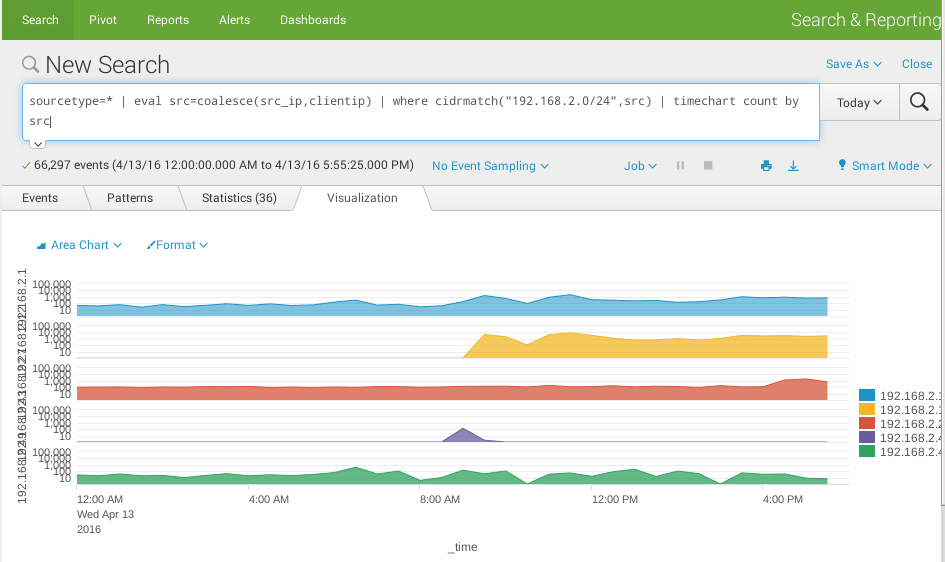
- #SPLUNK STATS LIST VS VALUES HOW TO#
- #SPLUNK STATS LIST VS VALUES FULL#
- #SPLUNK STATS LIST VS VALUES SERIES#
If only a single email address exists in the From field, as you would expect, mvcount(From) returns 1. The split function is also used on the Cc field for the same purpose. | eval Cc_count= search takes the values in the To field and uses the split function to separate the email address on the symbol. In the following example, the mvcount() function returns the number of email addresses in the To, From, and Cc fields and saves the addresses in the specified "_count" fields. | eval n=mvcount(myfield) Extended example If the field has no values, this function returns NULL. If the field contains a single value, this function returns 1. This function takes a multivalue field and returns a count of the values in that field. The results are placed in a new field called ipaddresses which contains the array. | eval ipaddresses=mvappend(mvappend("localhost", srcip), destip, "192.168.1.1") The outer mvappend function contains three values: the inner mvappend function, destip is a field name, and 192.168.1.1 which is a literal IP address.The inner mvappend function contains two values: localhost is a literal string value and srcip is a field name.
#SPLUNK STATS LIST VS VALUES HOW TO#
This example shows how to use nested mvappend functions. | eval ipaddresses=mvappend("localhost", srcip) Nested mvappend functions The results are placed in a new multivalue field called ipaddresses: This example shows how to append the literal value localhost to the values in the srcip field. You can use this function with the eval and where commands, in the WHERE clause of the from command, and as part of evaluation expressions with other commands.Įxamples Specifying literals and field names The values can be strings, multivalue fields, or single value fields. This function returns a single multivalue result from a list of values. See Statistical eval functions.įor information about using string and numeric fields in functions, and nesting functions, see Overview of SPL2 eval functions. You can also use the statistical eval functions, such as max, on multivalue fields.
#SPLUNK STATS LIST VS VALUES FULL#
Many sources of machine data generate more logs during normal business hours (when they’re being actively used), so this is a situation where taking seasonality into account is appropriate.īefore we start, here is the full example that we’ll break down:Ĭopy to Clipboard index=_internal host=*. source=*license_usage.The following list contains the functions that you can use on multivalue fields or to return multivalue fields. To help explain seasonality, we’ll work through a real world example in detecting unexpected dips in indexed data. This article will offer an explanation of seasonality as well as techniques for taking it into account in your searches we will also provide you with a practical example of how to account for this type of behavior in your anomaly detection searches.

These variations can throw a wrench into typical anomaly detection techniques–as outlined in part 1–if not taken into account.

For example, it’s expected that you’d see more data logged during business hours, and less during off-hour times.
#SPLUNK STATS LIST VS VALUES SERIES#
Seasonality, which states predictable variations in data will occur over specific time periods, is one the most important concepts in statistical analysis of time series data in Splunk.


 0 kommentar(er)
0 kommentar(er)
